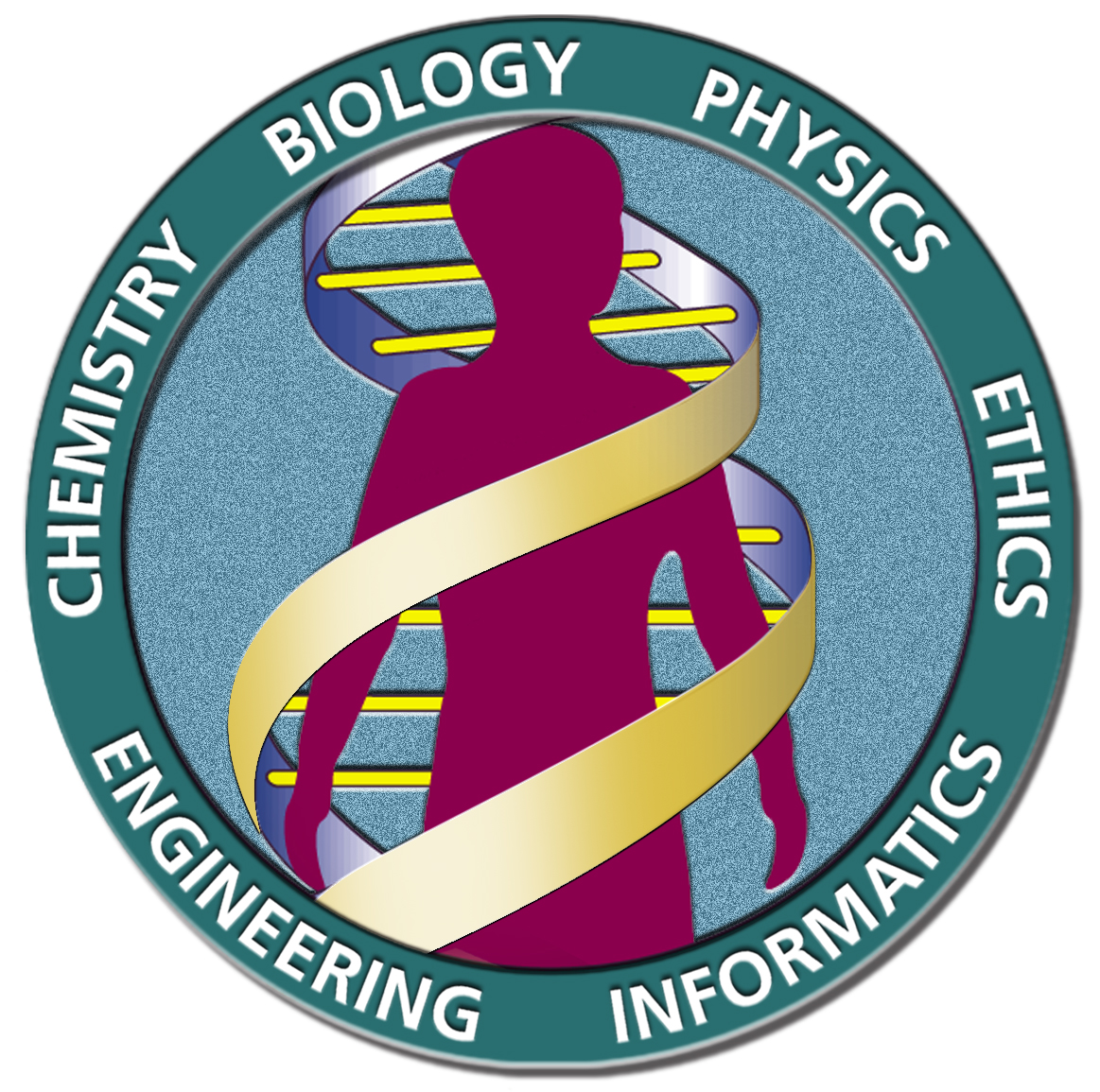Third 5-Year Research Goals of the U.S. Human Genome Project (FY 1998-2003)
Human DNA Sequence
- Achieve coverage of at least 90% of the genome in a working draft based on mapped clones by the end of 2001.
- Finish one-third of the human DNA sequence by the end of 2001.
- Finish the complete human DNA sequence by the end of 2003.
Sequencing Technology
- Continue to increase the throughput and reduce the cost of current sequencing technology.
- Support research on novel technologies that can lead to significant improvements in sequencing technology.
- Develop effective methods for the advanced development of sequencing technologies and the introduction of new approaches
Human Genome Sequence Variation
- Develop technologies for rapid, large-scale identification and scoring of single-nucleotide polymorphisms (SNPs) and other DNA sequence variants.
- Identify common variants in the coding regions of the majority of identified genes.
- Create a SNP map of at least 100,000 markers.
- Develop the intellectual foundations for studies of sequence variation.
- Create public resources of DNA samples and cell lines.
Functional Genomics Technology
- Generate sets of full-length cDNA clones and sequences that represent human genes and model organisms.
- Support research on methods for studying functions of nonprotein-coding sequences.
- Develop technology for comprehensive analysis of gene expression.
- Improve methods for genome-wide mutagenesis.
- Develop technology for large-scale protein analyses.
Comparative Genomics
- Complete the sequence of the roundworm Caenorhabditis elegans genome by 1998.
- Complete the sequence of the fruit fly Drosophila genome by 2002.
- Develop an integrated physical and genetic map for the mouse, generate additional mouse cDNA resources, and complete the sequence of the mouse genome by 2008.
- Identify other useful model organ- isms and support appropriate genomic studies.
Ethical, Legal, and Social Issues
- Examine issues surrounding the completion of the human DNA sequence and the study of human genetic variation.
- Examine issues raised by the integration of genetic technologies and information into healthcare and public-health activities.
- Examine issues raised by the integration of knowledge about genomics and gene-environment interactions in nonclinical settings.
- Explore how new genetic knowledge may interact with a variety of philosophical, theological, and ethical perspectives.
- Explore how racial, ethnic, and socioeconomic factors affect the use, understanding, and interpretation of genetic information; the use of genetic services; and the development of policy.
Bioinformatics and Computational Biology
- Improve content and usefulness of databases.
- Develop better tools for data generation, capture, and annotation.
- Develop and improve tools and databases for comprehensive functional studies.
- Develop and improve tools for representing and analyzing sequence similarity and variation.
- Create mechanisms to support effective approaches for producing robust, exportable software that can be shared widely.
Training and Manpower
- Nurture the training of scientists skilled in genomic research.
- Encourage the establishment of academic career paths for genomic scientists.
- Increase the number of scholars who are knowledgeable both in genomic and genetic sciences and in ethics, law, or the social sciences.
